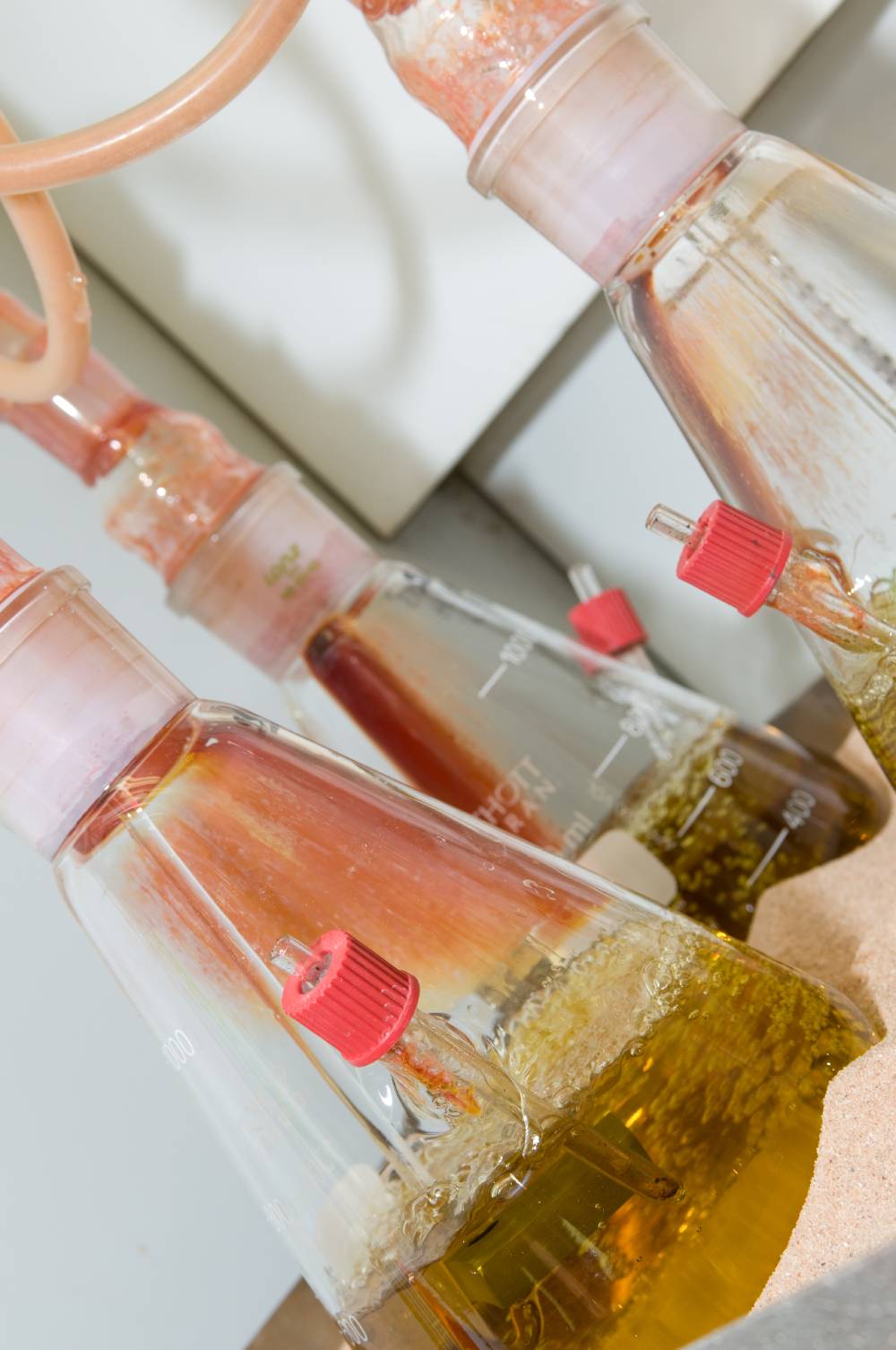Streicher, Huey and Strauss testing for the manufacturing industry
Manufacturing equipment or products often involves welding and heat treatments. Precipitations in stainless steels or nickel alloys can form as a result of heat input in a certain temperature range (i.e. 550-850°C for stainless steels), making the material sensitive to intergranular corrosion.
Several tests were developed to evaluate materials with regard to their sensitivity to intergranular corrosion. These tests are typically performed on samples cut from finished parts in the as-delivered condition or on material that has been sensitized by a specific heat treatment in a furnace or by welding.
STREICHER TESTING
In the Streicher test (ASTM A262, Practice B) the sample is exposed to a boiling ferric sulfate – 50% sulfuric acid solution during 120 hours. Based on mass loss a corrosion rate is determined. Beside mass loss determination the depth of intergranular attack can be assessed by means of cross-section analysis. Acceptance criteria are typically specified by the purchaser or producer.
The test detects the susceptibility to intergranular attack associated primarily with chromium carbide precipitation in unstabilized austenitic stainless steels and to intergranular attack associated with sigma phase.
More specifically for testing of nickel alloys a similar test procedure is described in ASTM G28, Method A with different test durations for different alloys.
HUEY TESTING
In the Huey test (ASTM A262, Practice C, which is similar to EN ISO 3651-1) the sample is exposed to boiling 65% nitric acid during 5x 48 hours. After each period of 48 hours mass loss determination is performed. A corrosion rate per 48-hour period and a total corrosion rate over the entire period are determined. Acceptance criteria are typically specified by the purchaser or producer.
The test detects the susceptibility to rapid intergranular attack associated with chromium carbide precipitations.

STRAUSS TESTING
In the Strauss test (ASTM A262, Practice E, which is similar to ISO 3651-2, Method A – Monnypenny Strauss test) the sample is exposed to a copper-copper sulfate-16% sulfuric acid solution for at least 15 hours. After testing the sample is bent 180° and evaluated under low magnification for the presence of fissures or cracks indicative of intergranular attack. This test is thus a more qualitative test in contrast to the Huey and Streicher tests which are more quantitative.
The test is performed to detect the susceptibility of the material to intergranular attack.
Advantages of Streicher/Huey/Strauss testing:
- Fast test;
- Standardized tests;
- Assessment of results against acceptance criteria or relative comparison.
You can find these tests summarized on our website.
QUESTIONS ON OUR SERVICES?
Ensure your product or installation survives in the long run by including our expertise in the process from the very beginning. We are happy to answer any questions and are eager to offer our services. Contact us today!






